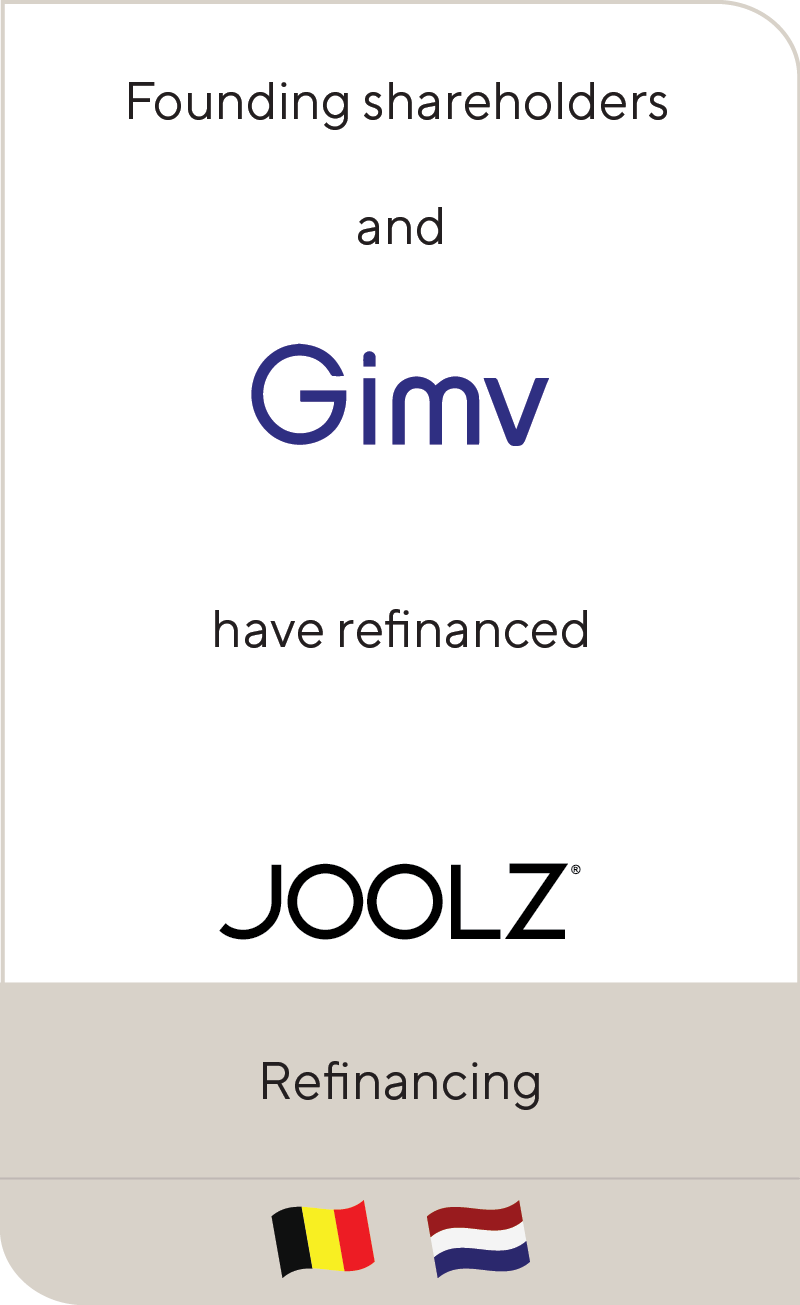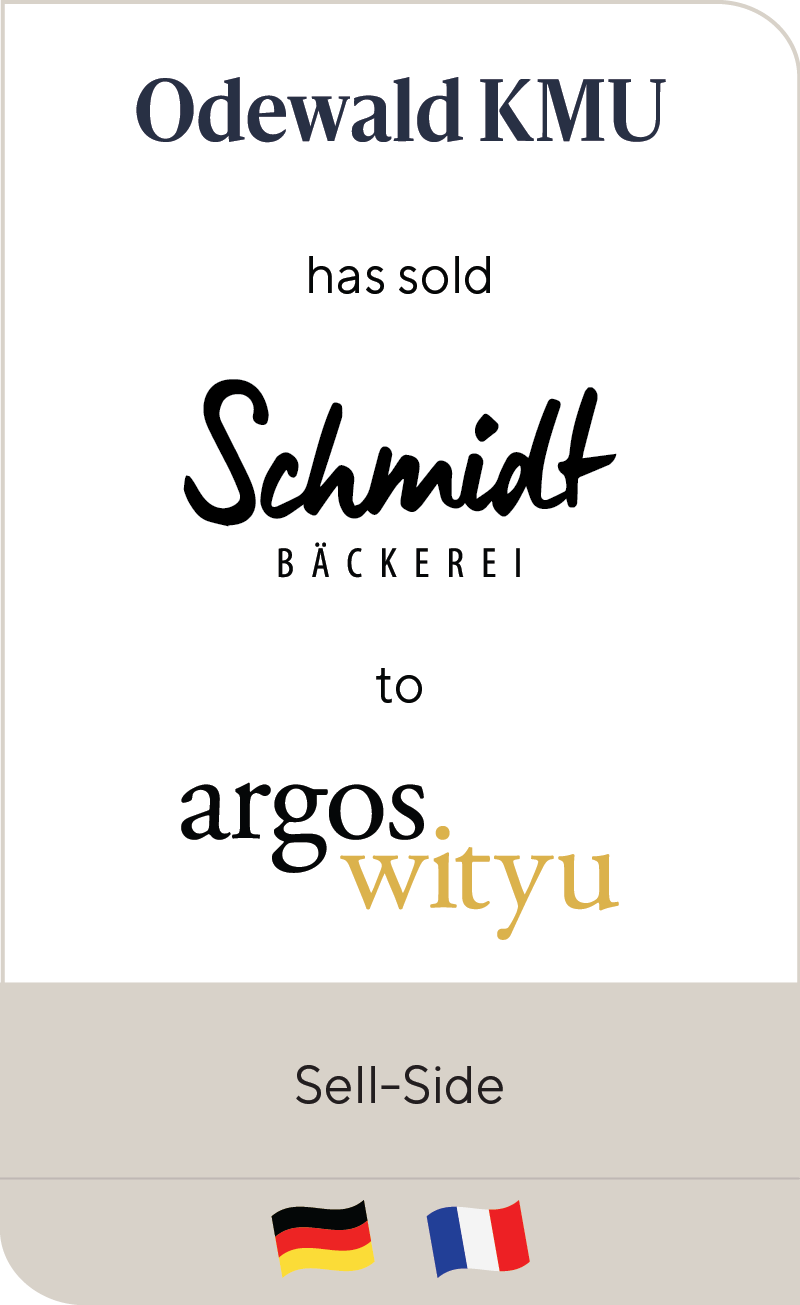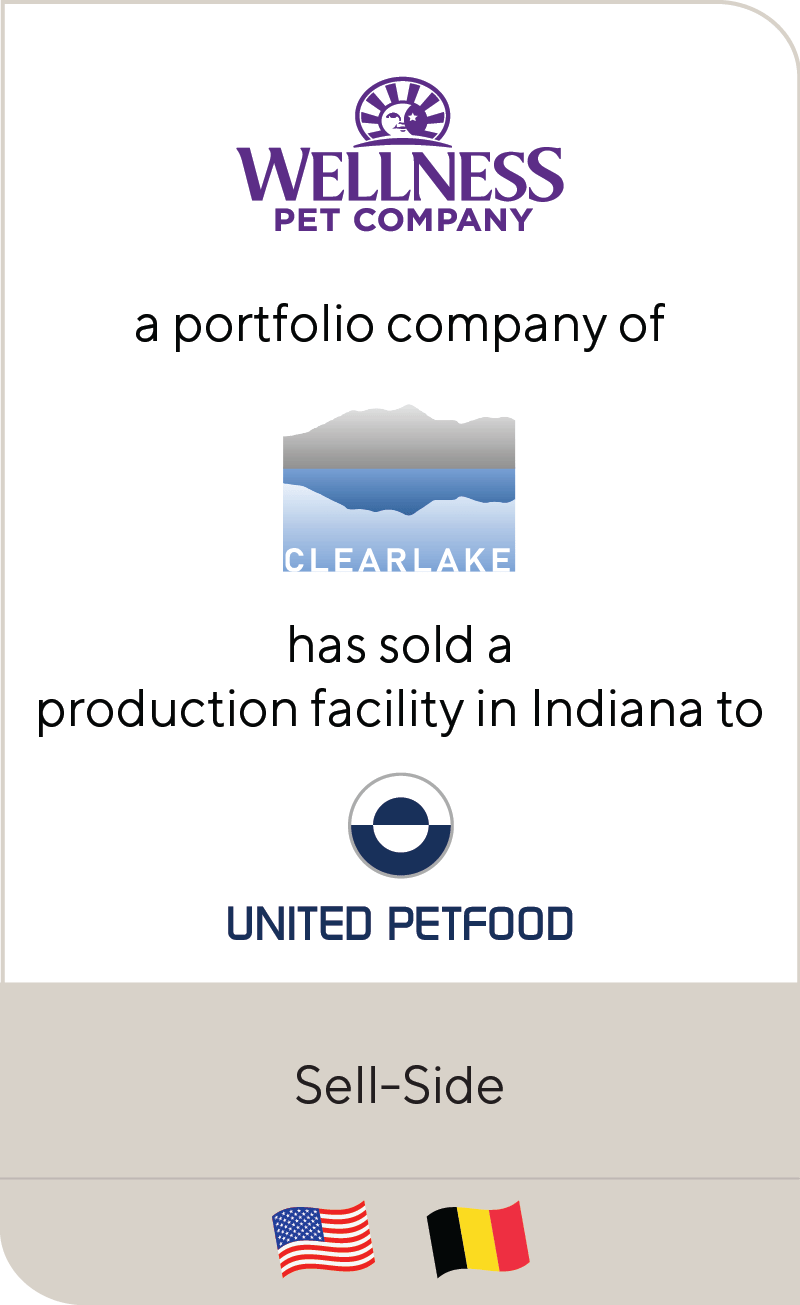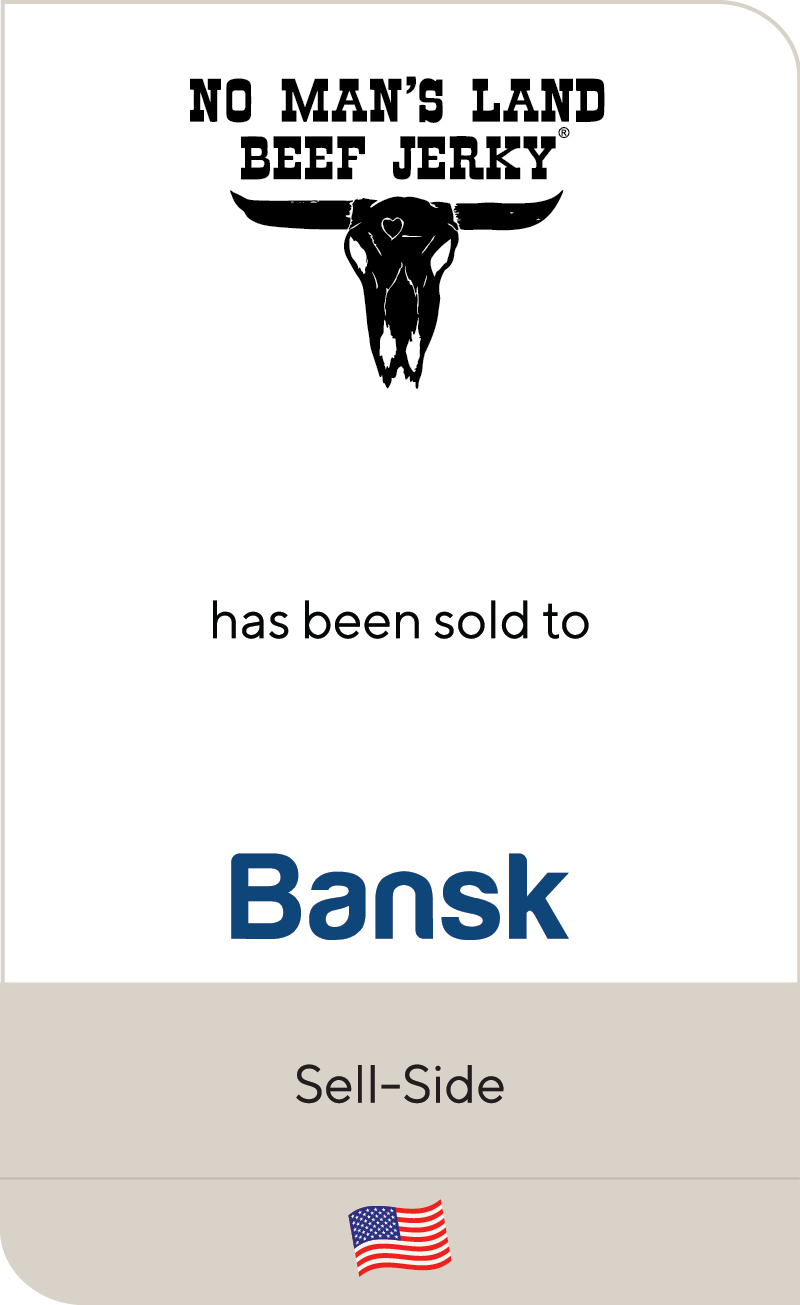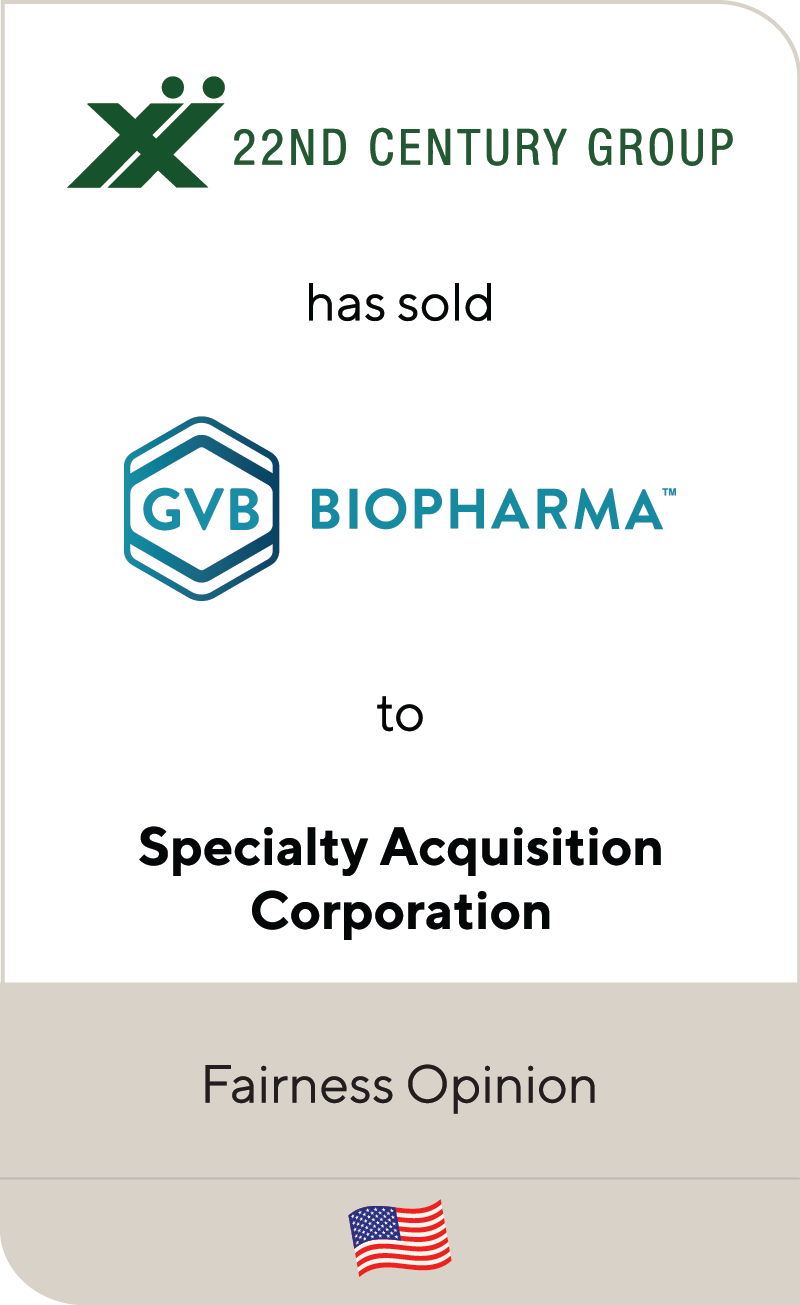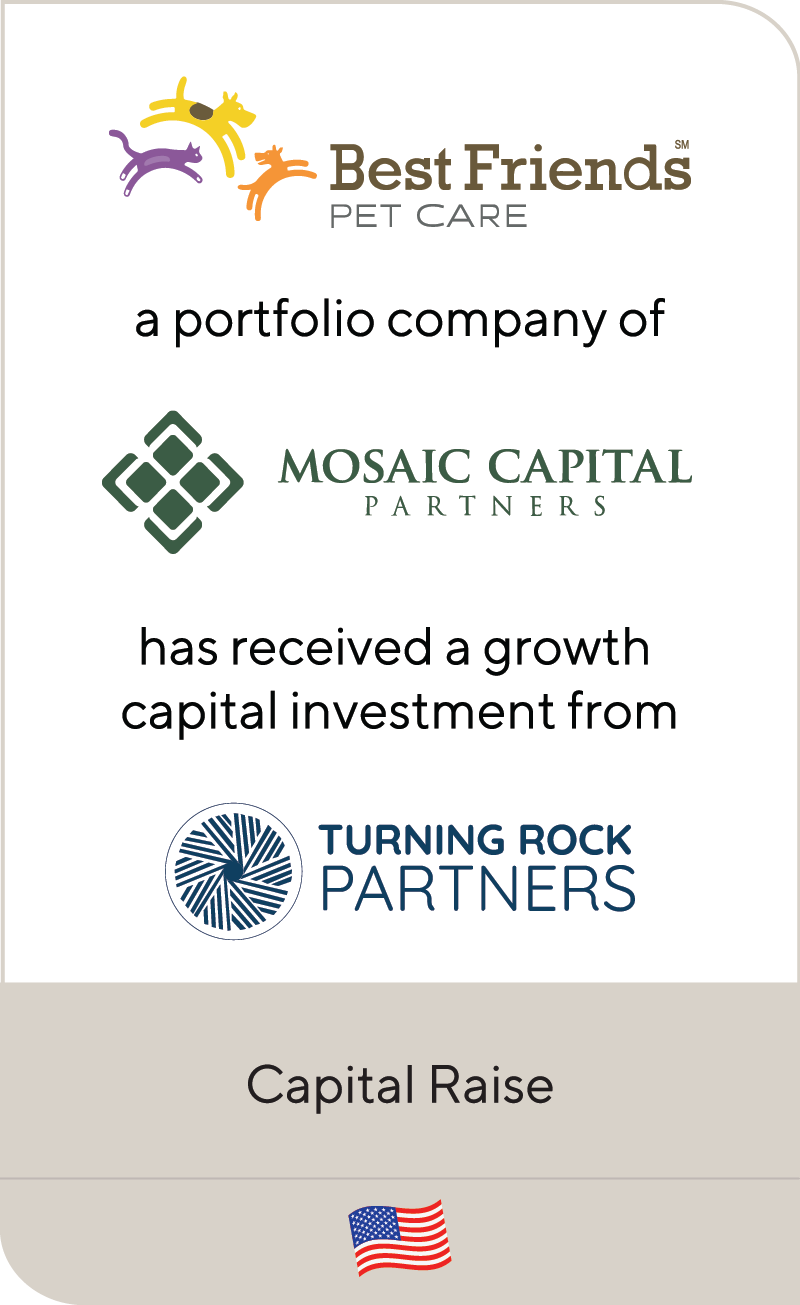Five Macro Trends Driving Growth in Global Branded Pet Food
Mar 2022
| Pet ownership has surged in recent years as pets have become valued members of household families, yielding benefits such as companionship, improved mental health and others. Continued increased pet ownership, led by the Millennial and Gen Z generations, combined with the following macro trends will continue to drive growth in the pet food sector as the line between human and pet food continues to merge. |
Summary
-
Lincoln International discusses the factors that attract strong interest from strategic and financial buyers in 2022 within the global pet food sector.
- Click here to download a printable version of this perspective.
- Sign up to receive Lincoln's perspectives
Sustainability
Sustainability has evolved in recent years—moving from a differentiator for leading pet food brands to an expectation from consumers for brands and products at the premium end of the value chain. Consumers are better educated today than ever before and are focused on a product’s impact on the planet. Brands have a responsibility to meet minimum sustainability requirements, whether it be the manufacturing process, ingredients used or packaging. Companies, including large corporates, that are active strategic buyers in the pet space have set ambitious targets across multiple sustainability areas with clear milestones to hit by 2025 and 2030. Independent brands that can help corporates achieve these goals will be of heightened interest to buyers given the increasing focus on sustainability from all stakeholders—from end users to investors.
Transparency
Consumers are increasingly concerned about the origin of their products. Brands need to articulate to consumers where their products and ingredients are sourced from, tracing each ingredient to the specific region, supplier and farm to where it is procured. This information needs to be communicated in a way that resonates with consumers as well as reflects a brand’s identity and story in the market. Similar to sustainability, transparency is becoming an expectation of premium brands rather than a competitive differentiator.
Health & Wellness
As human trends continue to cross over into the pet industry, consumers will continue to focus on more nutritious and healthier food and treat options for their pets. Pet owners want real and natural ingredients, creating a focus on the utilization of organic and human-grade ingredients for pet food brands. Other fast growing pet food nutrition trends include raw-based diets, alternative proteins (e.g., insects), plant-based products and superfoods. In addition, brands will continue to innovate around functional and clean label ingredients as they seek to address consumers’ desires to utilize food to help address pet health issues.
Convenience
Consumers today are craving convenience and are seeking out brands and retailers that can provide this. Digital transformation is accelerating across the retail landscape and COVID-19 heightened the importance of technology to support shifting purchasing habits and expectations. Online purchases and subscriptions of pet food are at an all-time high as consumers increasingly use online platforms for pet food purchases. Options such as monthly subscriptions, click and collect, auto-ship and free delivery are proving to be very attractive to consumers who are changing their purchasing behavior based on convenience.
Direct-to-Consumer
A key focus for pet food brands has always been building loyal followings. One way to do this is to develop direct-to-consumer (DTC) offerings that can educate consumers on their differentiation, while also taking advantage of the rising importance of convenience. COVID-19 accelerated growth for DTC brands who were able to respond to lockdowns and social distancing to build direct relationships with consumers unable to visit traditional brick-and-mortar stores. In addition, as Millennial and Gen Z consumers continue to increase their pet ownership, the shift online will also accelerate.
Lincoln PerspectiveDespite macroeconomic uncertainty and the potential impact to the global economy, pet food brands will continue to attract strong interest from strategic and financial buyers in 2022 given the factors previously detailed. Strategic buyers will continue to prioritize brands that:
Financial buyers that already own pet food brands will likely consider acquisitions of complementary targets to supplement organic growth and build a portfolio of brands. Financial buyers not currently active in the space will pursue differentiated brands with attractive growth profiles and a loyal consumer base that can continue to scale quickly. |
Contributor

I take a long-term approach to building relationships and understanding clients' businesses in order to provide timely and relevant advice.
Alex Masters
Managing Director & European Co-head of Consumer
LondonMeet Professionals with Complementary Expertise

It’s an exciting time to advise clients in the consumer sector. Major changes in consumer preferences and how products are purchased create a rich environment for business owners and investors to succeed.
Dirk Damegger
Managing Director & European Co-head of Consumer
Frankfurt
I take a long-term approach to building relationships and understanding clients' businesses in order to provide timely and relevant advice.
Alex Masters
Managing Director & European Co-head of Consumer
London
Through honest advice, passionate client service and hands-on execution, I strive to deliver outlier results for my clients.
Christopher Petrossian
Managing Director & U.S. Co-head of Consumer
Los Angeles
My approach with our bankers and clients is to listen, pay attention to detail, anticipate and keep an eye on the big picture.
James Sinclair
Managing Director | CEO Brazil
São PauloRelated Perspectives in Consumer

Lincoln International Managing Directors Recognized as Emerging Leaders
Lincoln International is pleased to share that The M&A Advisor named Managing Directors Adam Gifford, Brian Goodwin, Eddie Krule and Scott Molinaro as recipients in the Emerging Leaders Awards. These… Read More

Food & Beverage Market Update Q1 2024
The M&A market remained somewhat challenged during the first quarter; however, we experienced improved dealmaking conditions.

Consumer, Business and Economic Trends Align to Drive New Interest in Recommerce
Back in 2021, the recommerce industry seemed to have finally hit its stride, with the sector experiencing a surge in transactions, valuations and deal sizes. At the brink of becoming… Read More

The Fitness Investment Landscape
State of the Fitness Market: presented by L.E.K. Consulting Fitness Market Stabilization and Return to Growth Few industries were as negatively impacted by COVID-19 as the in-person fitness industry. Deemed… Read More








